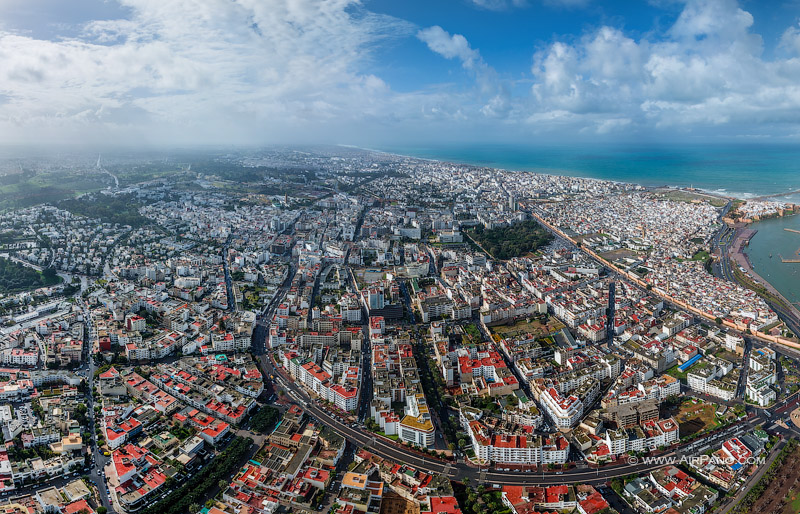Morocco is situated in North Africa. The capital of Morocco is Rabat Morocco is made up of 3 main geographical areas the coastal lowlands the mountain highlands which are punctuated by the Rift range and the Atlas Mountains. The desert is in the eastern part of the country. The coastal region is very fertile and that’s where a lot of the agriculture takes place. The white beaches along the sea coast have given development to tourism industry.
It is believed that before the birth of Christ the Phoenicians established trading posts in what is present day Morocco. Some historians believe that between the 1st century B.C. until the 5th century B.C., the area that is present day Morocco was a province of the Roman Empire. After the fall of the Roman Empire the people known as the vandals the Visigoths and the Byzantine Greeks then invaded the area.
In the 9th century, Arab forces came into the region and brought with them the religion of Islam. The people who were living on the land were known as the Berbers who lived inland. The Berbers were forced to convert to this new religion. The invaders claimed to be descents of Muhammad the Islamic prophet.
These two very different cultures clashed and there was a lot of in fighting between the Berbers and the Arab invaders. The Moors who conquered most of Spain and part of Europe also took over Morocco at the time that they ruled believed by historians to be sometime in the 12th century.
Fast forward to the 19th century; France after it conquered Algeria sought to conquer the land of present day Morocco. Consequently Morocco became a joint French and Spanish colony in 1906. Under the Treaty of Fez in 1912, the land became a French protectorate under Sultan Moulay Yusuf.
In 1927, when he died the French installed Sidi Muhammad as the Sultan or the ruler he then became known as Muhammad V. The young Sultan consolidated power under the Moroccan nationalist and began to challenge French rule. They established a new national day known as Throne day in 1933 which was supposed to cement the monarch’s role as the symbol of national unity.
In pursuit of liberty and self-rule the nationalist organization began to seek freedom from French rule. However, the French were opposed to this and they used a well-known tactic under colonialism known as divide and conquer. Under divide and conquer they worked with a Berber Feudal lord of Marrakech known as Thami al-Glaoui to try and depose of the Sultan.
The divide and conquer of course backfired and in the eyes of the Moroccans Mohamad V became a symbol of resistance against colonialism. Mohammad V the sultan of Morocco became and a nationalist hero and symbol of freedom further cementing the desire of the Moroccans for self-rule and the pursuit of liberty and self-governance.





One response to “A Brief History of the Kingdom of Morocco”
It feels so good to learn about African history. Let’s continue digging deeper…